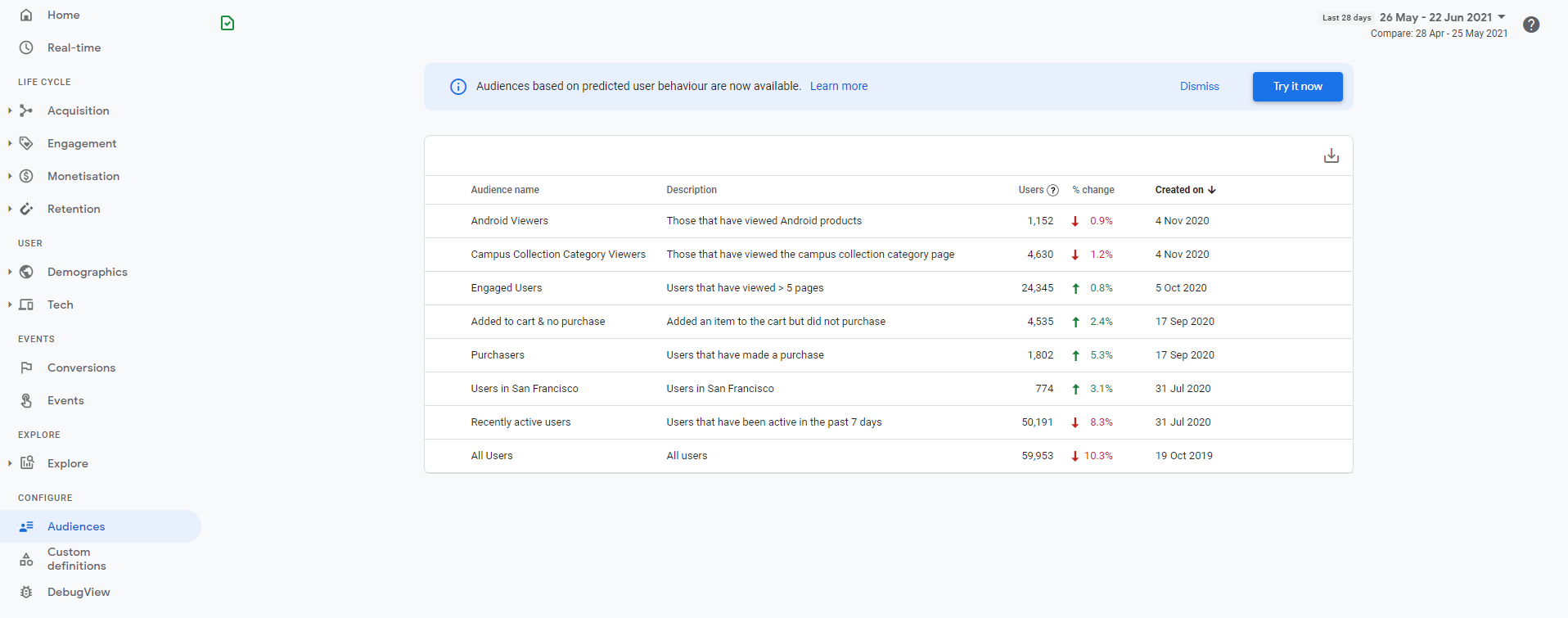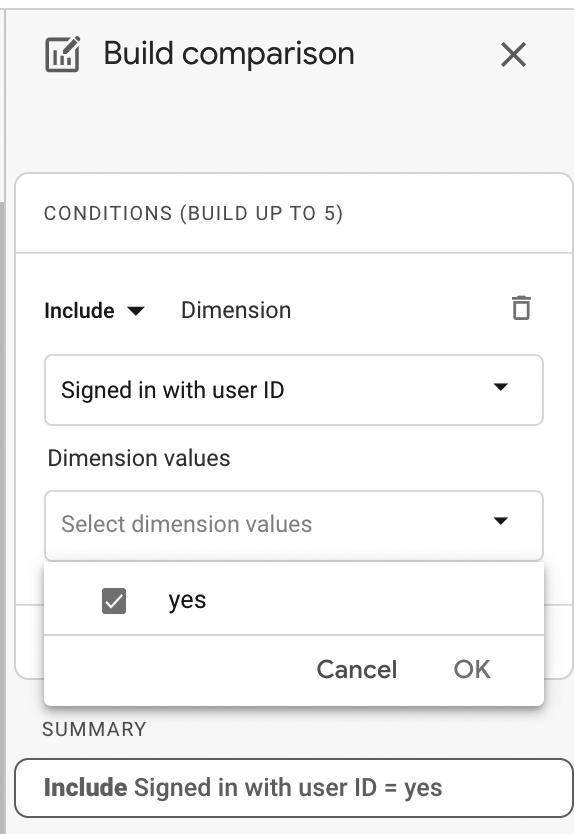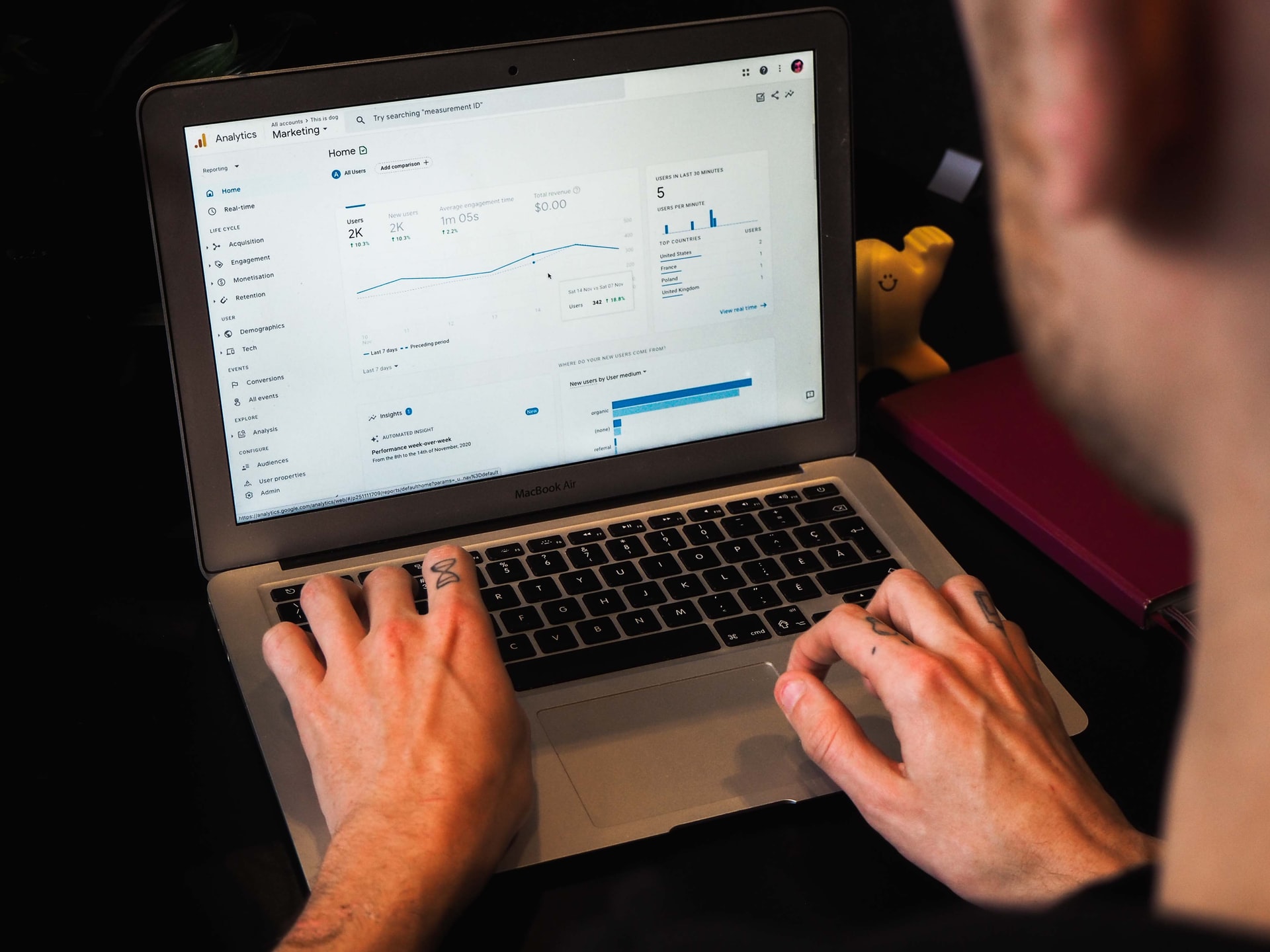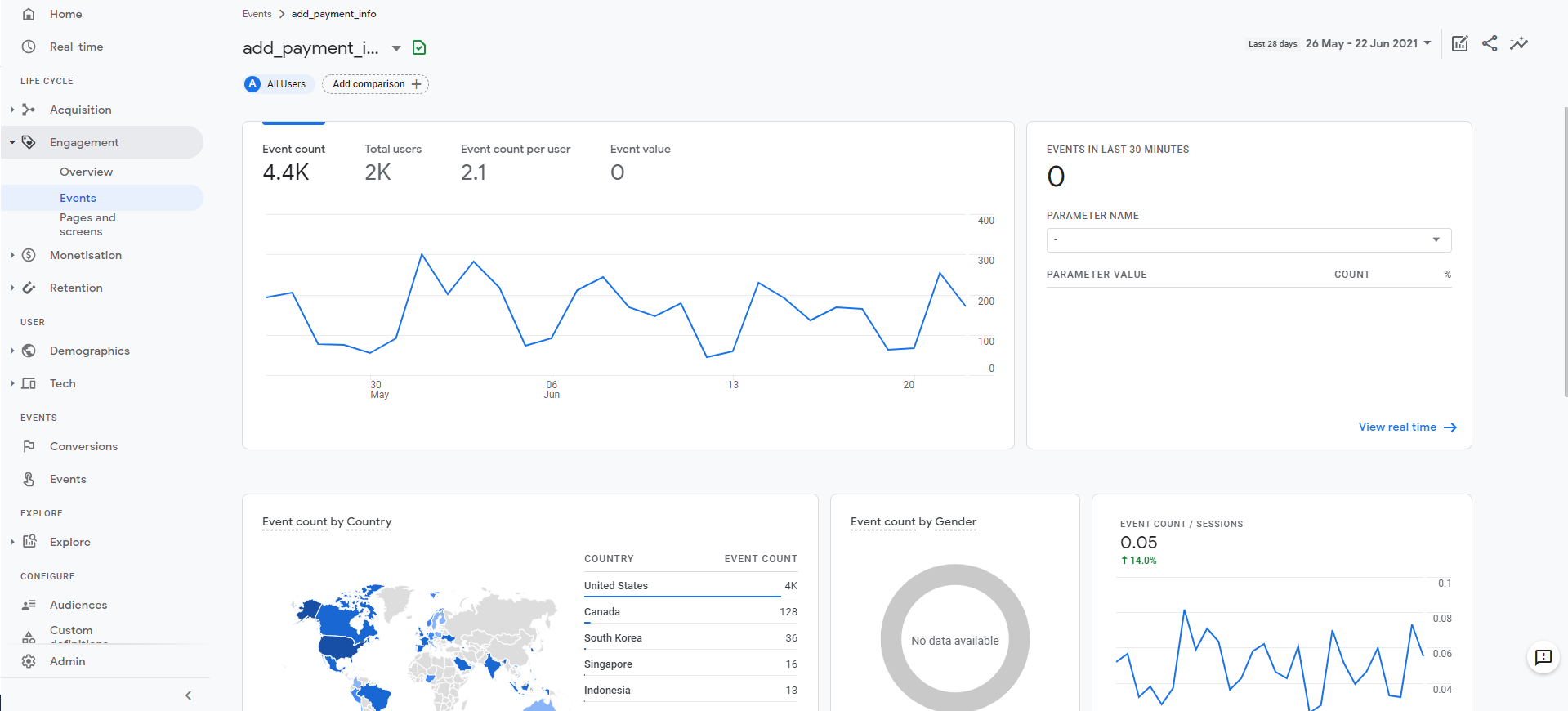Using analytics to measure and support your PR efforts is an important component in a successful communications strategy, and critical in gaining a solid sense of the quantitative impact of your PR on business and sales growth.
In fact, measuring analytics plays a key role in each stage of the PR campaign process, from the initial landscape analysis to the activation, as recommended in the Institute for Public Relations’ Guide to Research, Analysis, and Evaluation.
Seeking to sharpen your grasp of PR measurement? Catch up on PR Episodes 2024, where industry experts broke down PR metrics, offering practical strategies for improvement.
As a PR professional, you need to know whether the tactics you’re using are having the right impact. You also need to be able to demonstrate it to key stakeholders.
How do you do that? Through data.
Data is the most important currency in today’s world. But, for most, raw data can be confusing and almost impossible to understand outside of a proper context. Thankfully, modern technology has made data easier to gather and harness in new and innovative ways.
Google Analytics has been a great tool for making data accessible and easy to read, but it’s the latest iteration, Google Analytics 4, has taken its potential to a new level.
Built off the backbone of the App + Web platform, GA4 takes a different approach to data collection and reporting, pushing communications specialists to re-think how they interpret user data by changing to an ‘event’ based model.
This fresh focus on events and interactions from the user’s journey is a particularly fruitful development for PR professionals who rely on user data to fine-tune and objectively demonstrate the success of their work.
In this article, we’ll look at the key metrics PR specialists should be measuring and how this is different in GA4.
What metrics to track with Google Analytics 4
1. Audience behavior
In today’s digitally oriented world, the interaction between the consumer and business is changing. But it’s the interaction itself that provides key data on how businesses can level up and learn more about their market.
Measuring audience behavior is essentially the measurement of patterns and trends.It’s understanding what resonates with your audience and turning that into greater PR impact.
Google Analytics has allowed PR pros to break down audience data and slice it and dice it. The audience segmentation tool has been particularly useful for understanding:
- The major demographic details of the target audience (age, gender, location, etc.)
- How visitors interact with the site and how different marketing channels affect them
These are the metrics that are needed to make informed PR decisions. The difference with GA4 is that the data in these areas goes much deeper, and it uses this better quality of data to make suggestions based on those insights.
Predictive metrics are a major new feature of GA4 and are useful for those who want insight into the future behavior of their audience.
Being able to anticipate future actions gives access to a higher-value audience, and being able to reach the right audience with your PR campaigns increases the chance of attracting more qualified leads and credible prospects.
To access GA’s reports on this subject, select Configure > Audience. Then, either select an audience or create a new audience in order to view the audience report.

2. Customer lifecycle-framed reporting
A customer lifecycle framework includes metrics for reach, acquisition, conversion, and retention. This framework lets managers and PR professionals pinpoint the initiatives that brought more visitors, or clarify the optimal sales paths that work.
Identifying the promotional activities that consistently succeed and those that don’tlet you fine-tune your approach, which is why lifecycle reporting is a critical metric for understanding the long-term health of your business and the long-term value of your channels.
One of the most noticeable differences between the old Google Analytics (now called Universal Analytics) and GA4 is how these reports are organized.
GA4 gives a more complete view of engagement across devices and channels and, in addition, you can now assign users an ID, or enable Google signals to deduplicate users across devices for better reporting and ad targeting.
After User-ID has been implemented, you can add a comparison in any life cycle report. For example, head to Life cycle > Engagement > Overview span style="font-weight: 400;">and then at the top select add comparison. In the conditions box, select Include Dimension and then Signed In with User ID and Yes under dimension values.

3. More granular user data
Interacting with your client on a very detailed level is extraordinarily useful in the realm of PR. If you can examine your core users and determine patterns, you’ll likely have a deep understanding of their needs and challenges that help discover ways to frame messaging for future media outreach campaigns.
GA4 gives more in-depth and accessible information on users, showing who they are and (crucially for PR) where they're coming from. Machine learning fills gaps to give better insights and more reporting accuracy.
As mentioned before, a major development in GA4 is its focus on events. An event is a predefined action that a user takes on your website, which Google Analytics tracks and monitors. This feature allows you to go beyond basic metrics like page views to better understand how a user interacts with your website and the effectiveness of your site content and PR efforts. Be sure to use a professional web designer to create your website in such a way that you can easily use Google Analytics and track important metrics.
The goal of any PR campaign is to have your target audience know, feel or do something, for that to happen you need to engage in a meaningful way with your audience and it takes access to data to understand to which degree you are succeeding in that endeavor.
To view specific event data, select Events > Events. From the menu, select the event that you want to view.
4. Cross-device tracking
The inability to track users across multiple devices has been a growing challenge for communications professionals, especially since cross-device and cross-channel experiences have become increasingly common.
GA4 has worked to solve this problem by using signed-in data, as well as first-party data from signed-in experiences that will now be unified with GA4, to give a far more detailed view of the user journey.
This adaptation will be one of the most valuable additions for PR professionals since it gives greater information to optimize the customer journey. It will also significantly help to improve advertising performance and targeting efforts.
Google Analytics 4 uses User ID, Google Signals, and Device ID to give a more accurate look at a user’s journey.
![]()
Ready to measure PR with Google Analytics?
The volume, variety, and velocity of data continue to accelerate. In the public relations sphere, knowing what to focus on for future media outreach campaigns, given the amount of data we’re now exposed to, can be overwhelming.
Luckily, you don’t need a degree in software engineering to be able to translate and apply analytics. Knowing what you need to measure, and the reasons behind it, is the first step to laying down the tracks for a successful PR strategy.
Universal Analytics was able to provide a baseline to collect the right tangible parameters for this – traffic, referrals, site behavior – but Google Analytics 4 takes this a step further, correlating these metrics with core PR components, like awareness and vision, to deliver more meaningful and actionable opportunities.
Cover image by Myriam Jessier


